How to Buy USDT with PayPal
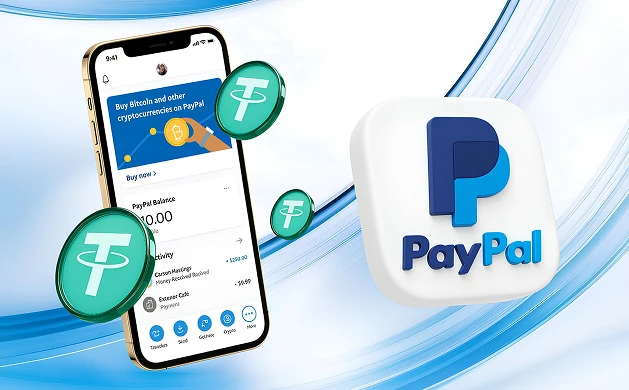
Summary: PayPal doesn't offer direct USDT purchases, but you can buy Tether by funding crypto exchanges like Bybit or Binance using PayPal deposits. PayPal charges a 1% deposit fee, plus exchanges typically add trading fees of 0.1% to 0.5%.
Alternatively, PayPal's own stablecoin, PYUSD, has zero internal transaction fees, though converting PYUSD to other cryptocurrencies involves fees of up to 2.2%.
Bybit is the top choice for buying USDT with PayPal, offering instant PayPal deposits, global regulation, and trusted by over 50 million investors worldwide.
Available Cryptos
Tether (USDT) and 2,000+ Cryptos
Trading Fees
Free Deposits and 0.1% Swap Fee
Deposit Methods
PayPal, Bank Transfer, Cards and More
Can I Buy Tether (USDT) with PayPal?
PayPal doesn't directly support buying Tether (USDT) or other stablecoins apart from its own PayPal USD (PYUSD). To purchase USDT, transfer funds from PayPal into a regulated crypto exchange that accepts PayPal deposits and offers USDT trading pairs.
Verify that your chosen exchange supports PayPal transactions and complies fully with local financial regulations before proceeding.

How to Buy USDT with PayPal
The best way to buy Tether (USDT) using PayPal through Bybit, a trusted cryptocurrency exchange operating in over 160 countries. Bybit supports instant PayPal deposits, offers trading for 2,000+ crypto assets including USDT, and provides yield opportunities to earn interest on your stablecoin holdings.
Follow these clear steps to buy USDT with PayPal on Bybit:
- Create a Bybit Account: Sign up with your email address or phone number.
- Complete KYC Verification: Submit the required identification documents for regulatory compliance and secure trading.
- Navigate to P2P Trading: Log into your account, click the “Buy Crypto” tab, and select P2P Trading.
- Select PayPal as Payment Method: Choose PayPal from the list of available payment methods, then filter sellers who accept PayPal.
- Purchase USDT: Select a verified seller offering USDT, enter the desired amount, confirm payment details, and complete your transaction securely.
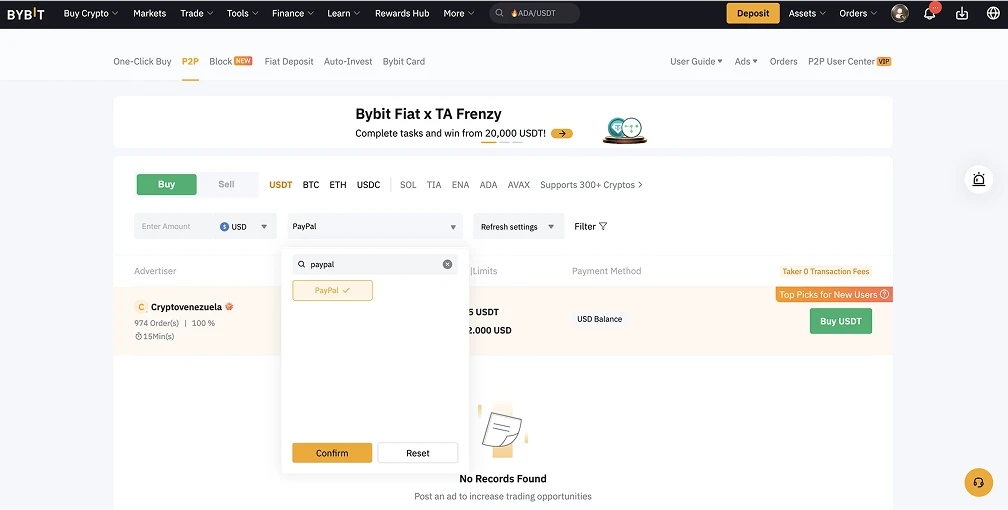
Fees to Buy USDT with PayPal
Buying USDT via PayPal typically incurs a 1% transaction fee, higher than standard bank transfers, plus potential currency conversion fees depending on your local currency.
Bybit supports instant PayPal deposits without extra charges, applying only a 0.1% spot trading fee for USDT trades. PayPal’s 1% fee and any applicable currency conversion costs still apply when funding your account.
Alternatively, PayPal’s stablecoin, PYUSD, has no fees for direct purchases within PayPal’s app. However, converting PYUSD into other cryptocurrencies costs between 1.5% and 2.2%, potentially making it pricier than directly buying USDT on exchanges like Bybit.
PayPal Deposit Limits for USDT
Crypto exchanges generally set a daily PayPal deposit limit of around $1,000 USD. Exceeding this can trigger PayPal security checks, potentially causing temporary account restrictions or extra verification steps.
To ensure your USDT purchases face no problems, keep transactions below this threshold. If you need larger amounts, split your deposits over multiple days or use multiple exchanges that accept PayPal.
Best Alternative Exchanges to Bybit for Buying USDT
Since PayPal doesn’t directly offer USDT, traders seeking alternatives to Bybit have several secure, reliable exchanges available:
- Binance: Offers USDT alongside 400+ cryptocurrencies. Has low fees around 0.1%, deep liquidity, and multiple deposit methods like bank transfers, debit/credit cards, and P2P payments.
- OKX: Supports USDT among 300 cryptocurrencies. Clear fee structure (0.08%-0.1%), user-friendly design, strong security measures, and accepts deposits via bank transfers or cards.
- Kraken: Provides USDT trading and 200+ other crypto assets. Fees range from 0.16% to 0.26%. Deposits available through banks, credit/debit cards, and cryptocurrency transfers. Known for regulatory compliance and security.
Consider each platform’s fees, deposit options, asset range, and security features to choose the ideal exchange for buying USDT.
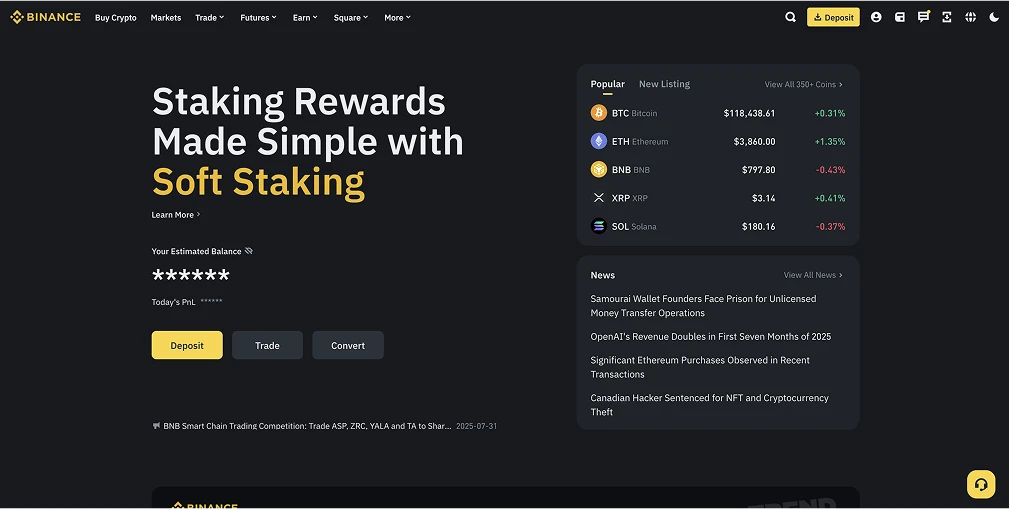
PayPal USD (PYUSD) vs Tether (USDT)
PYUSD (PayPal USD) and USDT (Tether) are both stablecoins pegged 1-to-1 with the US dollar, but differ notably in issuer credibility, availability, market scale, and fees.
Issuer and Accessibility
- PYUSD: Issued by PayPal exclusively for transactions within its own platform, ensuring smooth integration and convenience for PayPal users.
- USDT: Issued by Tether since 2014, available widely across nearly all cryptocurrency exchanges globally, offering extensive flexibility and adoption.
Market Cap and Circulation
- PYUSD: Smaller market presence with a $943.21 million market cap and approximately 943.56 million tokens circulating, indicating limited adoption.
- USDT: Significantly larger, holding a market cap of $164.556 billion with about 164.372 billion tokens in circulation, providing substantial liquidity for trades.
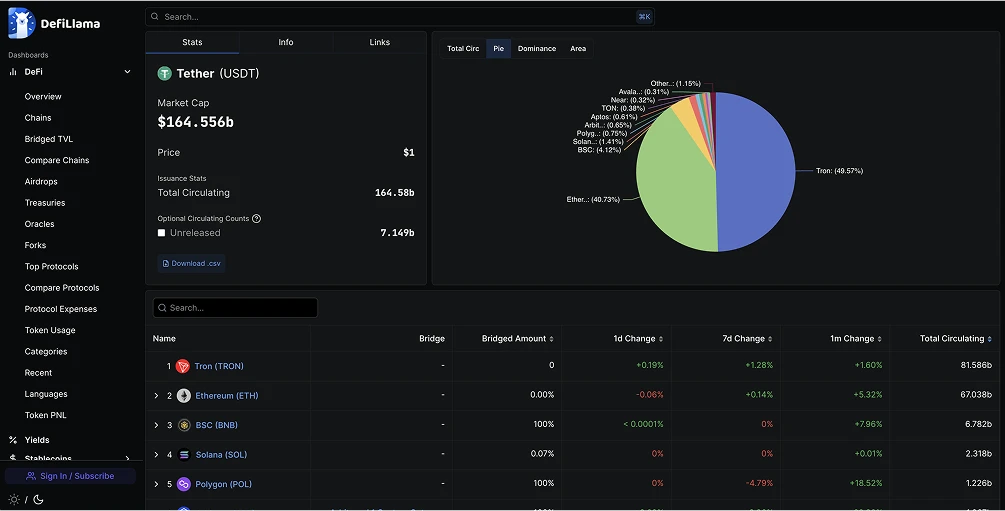
Fees and Costs
- PYUSD: No transaction fees when buying or selling within PayPal, but conversion to other cryptocurrencies incurs fees between 1.5% and 2.2%.
- USDT: Trading typically involves fees ranging from 0.1% to 0.5% on crypto exchanges, plus PayPal’s standard 1% fee if funded via PayPal deposits.
Risks
- PYUSD: Lower adoption means less liquidity and limited usability outside PayPal’s platform. Additionally, conversion fees to external cryptocurrencies can add costs.
- USDT: Key risks include credit exposure from unclear reserves, regulatory uncertainty amid strict stablecoin laws, liquidity risk during market stress, and technical threats such as hacks. Centralized control by Tether Ltd. further creates governance concerns and potential misuse for illicit activities.
Ideal Use Cases
- PYUSD: Best suited to PayPal customers seeking straightforward, fee-free USD transactions within PayPal’s payment ecosystem.
- USDT: Ideal for crypto traders, DeFi participants, and global investors needing liquidity, extensive market acceptance, and compatibility across multiple exchanges.
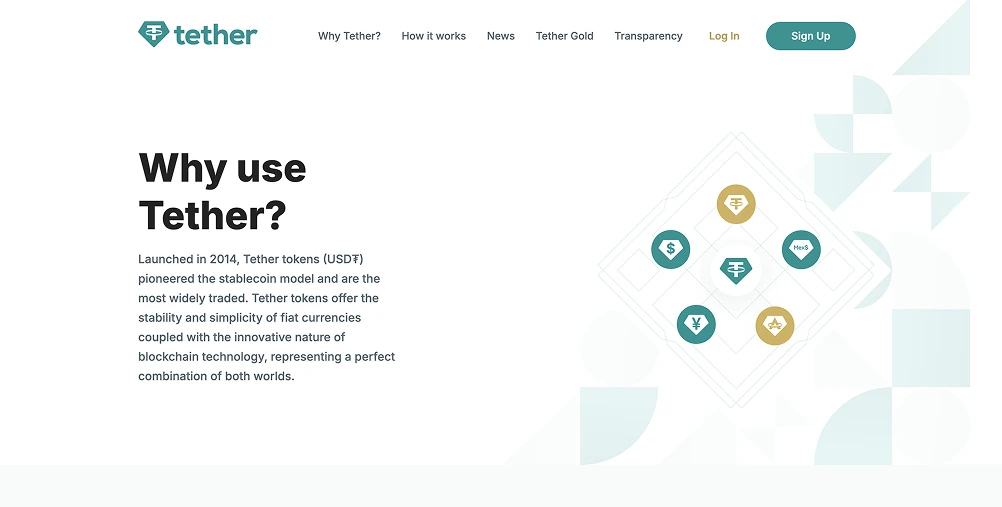
Final Thoughts
Although PayPal doesn't allow direct USDT purchases, you can easily buy Tether using reputable exchanges like Bybit, Binance, OKX, or Kraken through PayPal deposits.
If you're an active crypto trader seeking liquidity and low fees, exchanges such as Bybit or Binance will best meet your needs. However, if your primary goal is convenience and you prefer staying within PayPal’s platform, PYUSD provides zero-fee transactions.
Before you buy, always confirm fees, check deposit limits, and review withdrawal options to maximize value and security.
Frequently asked questions
Can I Convert PYUSD to USDT Directly on PayPal?
No, PayPal does not offer direct conversions between PYUSD and USDT. To exchange PYUSD for USDT, transfer your PYUSD to an external crypto exchange or wallet supporting both stablecoins, then perform the swap there.
Does PayPal Support TRC20 USDT Purchases?
PayPal doesn't directly support TRC20 USDT. However, major exchanges accepting PayPal deposits, such as Bybit and OKX, allow users to purchase and withdraw USDT via the Tron (TRC20) network. Simply deposit funds from PayPal into these exchanges, buy USDT, then withdraw to a TRC20-compatible wallet.
Is Buying USDT on Exchanges Using PayPal Safe?
Buying USDT through reputable, PayPal-supported exchanges provides enhanced convenience and initial purchase protection. However, once you move your funds into crypto, PayPal’s buyer protection ends. Always use well-regulated and secure crypto platforms to safeguard your assets.
Will PayPal Ever Support USDT?
PayPal currently does not support USDT (Tether) and is unlikely to add it in the future, as USDT would compete directly with PayPal’s native stablecoin, PayPal USD (PYUSD). Supporting USDT could weaken demand for PYUSD, which is strategically essential to PayPal’s platform.
%25201%2520(1).webp)
Written by
Emily Shin
Research Analyst
Emily is passionate about Web 3 and has dedicated her writing to exploring decentralized finance, NFTs, GameFi, and the broader crypto culture. She excels at breaking down the complexities of these cutting-edge technologies, providing readers with clear and insightful explanations of their transformative power.

%20Philippines.webp)
%20(1).webp)
%2520(1).webp)
.webp)




